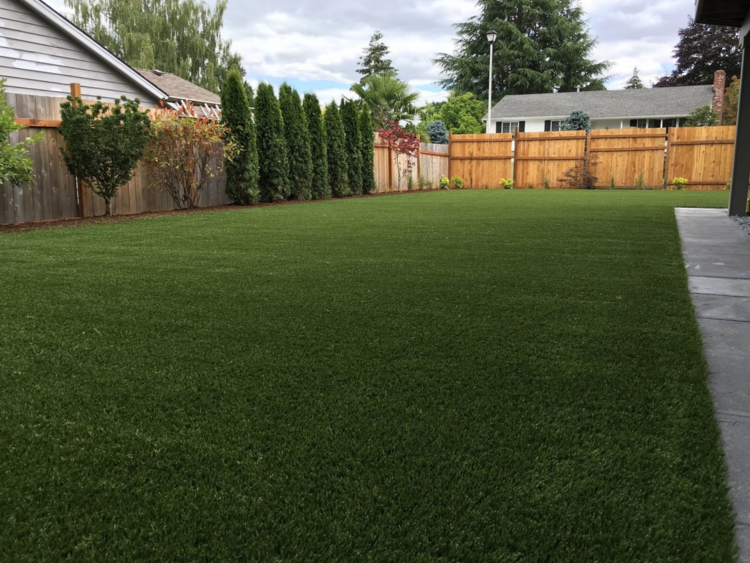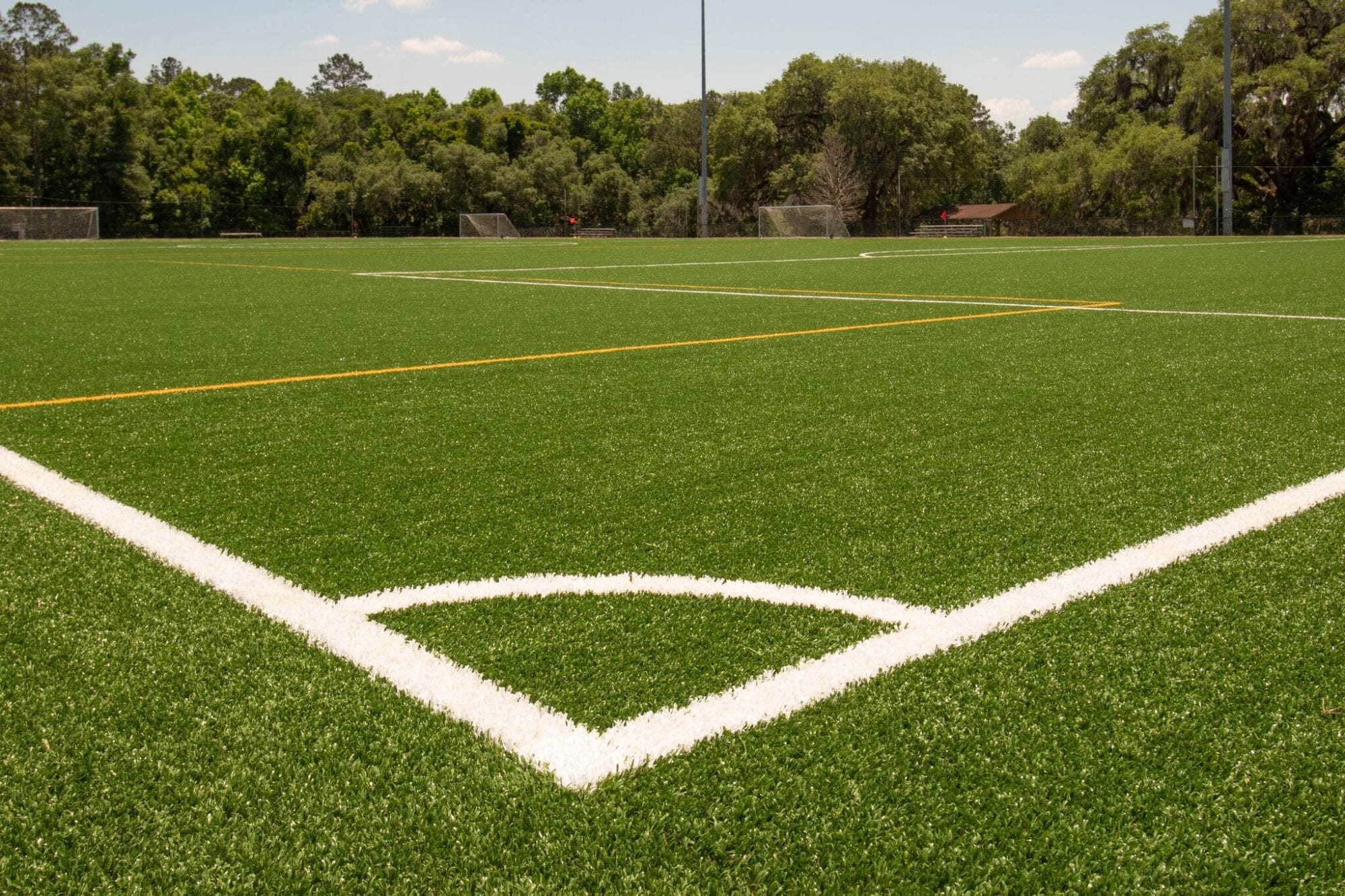Expert Arizona Turf Installation Services for Residential and Commercial Use
Expert Arizona Turf Installation Services for Residential and Commercial Use
Blog Article
Look Into the Environmental Advantages of Opting for Synthetic Grass Solutions
The adoption of fabricated grass solutions offers an engaging chance to attend to pressing ecological challenges. By dramatically reducing water use and reducing the application of damaging chemicals, these choices not only promote lasting landscape design however additionally secure regional ecosystems. Moreover, the lower carbon impact related to lowered upkeep activities contributes to a more lasting strategy to land administration. The effects of these benefits prolong beyond mere conservation initiatives, elevating concerns regarding their long-lasting effect on environment preservation and total environmental equilibrium. Discovering these dimensions exposes a complex interaction worth taking into consideration.
Water Conservation Conveniences
Among the most significant advantages of fabricated turf is its capacity to conserve water. Traditional yard yards require considerable irrigation, specifically in areas susceptible to dry spell or water constraints. On the other hand, artificial lawn does not require watering, dramatically minimizing the total demand for water resources. This attribute is specifically useful in deserts where water scarcity is a pushing issue.
By removing the demand for regular watering, synthetic grass adds to lasting landscape techniques and helps minimize the ecological influence of excessive water intake. In addition, the conservation of water encompasses the decrease of runoff, which can cause soil erosion and river pollution.
Additionally, the installation of artificial lawn enables communities and homeowners to allocate water sources more effectively, concentrating on vital uses such as drinking water and farming. The change towards synthetic grass not only promotes accountable water use but likewise straightens with more comprehensive environmental objectives targeted at preserving all-natural resources.
As areas progressively focus on sustainability, the water preservation benefits of synthetic grass offer an engaging instance for its fostering in residential and industrial landscaping tasks.
Decreased Chemical Use
The change to synthetic grass dramatically reduces the dependence on chemical treatments typically used in natural grass maintenance. Conventional turf management generally entails the application of herbicides, fertilizers, and chemicals to promote growth and control bugs. These chemicals can pose threats to human health and wellness, local wildlife, and the setting, adding to soil and water contamination.
On the other hand, synthetic grass removes the need for these damaging materials. Once set up, it needs minimal maintenance, mainly consisting of routine cleaning and infrequent infill replenishment. This decrease in chemical use not just profits the prompt environment yet also contributes to more comprehensive environmental stability. By lessening the launch of artificial compounds into the environment, synthetic turf advertises much healthier dirt and water systems.
Moreover, the lack of chemical overflow linked with man-made lawn installations assists shield neighborhood rivers from pollution, supporting water life and maintaining biodiversity. Turf installation phoenix az. As areas significantly focus on sustainable techniques, deciding for synthetic grass provides a sensible service that straightens with ecological conservation goals. Through this shift, homeowner can delight in lush green areas without compromising eco-friendly health, paving the means for an extra lasting future
Lower Carbon Footprint

In addition, the installation of synthetic grass can result in considerable water conservation. All-natural yards need substantial quantities of water for watering, which not only includes to the carbon impact related to water removal and treatment yet also stress neighborhood water resources. On the other hand, fabricated turf requires very little upkeep, calling for no watering, thereby dramatically reducing water use and its associated power costs.
Furthermore, the long life of man-made grass adds to its decreased carbon influence. With a lifespan of approximately 15 years or more, the requirement for frequent substitutes is diminished, resulting in much less waste and lower power usage in manufacturing and throwing away typical turf alternatives. Generally, man-made turf offers a sustainable option for eco aware landscape design.
Habitat Preservation
Habitat preservation is an important factor to consider in the dispute over landscape design options, specifically when comparing man-made turf to all-natural lawn. Natural lawn lawns typically require comprehensive upkeep, consisting of making use of herbicides, chemicals, and plant foods, which this link can detrimentally impact regional ecosystems. These chemicals can leach into the soil and rivers, hurting native plants and fauna and disrupting local environments.
Synthetic lawn removes the requirement for unsafe chemicals, consequently shielding neighboring wild animals and keeping the stability of bordering ecosystems. The setup of fabricated grass can lead to the conversion of previous grass areas into even more biodiverse landscapes, such as pollinator yards or indigenous plant locations, which can support neighborhood wild animals.
Inevitably, the shift to synthetic grass not just preserves water and lowers maintenance efforts yet likewise cultivates an extra harmonious relationship in between human activities and the native environment, advertising environment preservation while doing so.
Long-Term Sustainability
Long-term sustainability is a vital element in reviewing the advantages of synthetic grass over standard yard lawns. One of one of the most considerable advantages of synthetic grass is its durability; it can last as much as 15-20 years with marginal upkeep, whereas all-natural yard calls for constant reseeding and substitute. This long life reduces the demand for continuous sources, such as water, fertilizers, and pesticides, which are crucial for preserving a healthy and balanced turf lawn.
Furthermore, synthetic grass contributes to a decrease in carbon emissions connected with yard care tools. Typical yards commonly need gas-powered mowers, leaners, and blowers, every one of which add to air contamination. Arizona turf. On the other hand, man-made grass gets rid of the requirement for such tools, advertising a cleaner atmosphere
Moreover, the manufacturing of artificial grass significantly utilizes recycled products, boosting its sustainability profile. As producers embrace environmentally friendly techniques, the ecological footprint of synthetic grass remains right here to decrease.

Final Thought
The fostering of synthetic grass solutions offers substantial environmental benefits, including considerable water preservation, reduced dependence on harmful chemicals, and a lower carbon footprint. Additionally, fabricated grass aids in protecting natural environments by lessening land disturbance and advertising long-term sustainability via making use of sturdy products. Collectively, these elements highlight the capacity of fabricated grass to add favorably to ecological health and use a i loved this feasible alternative to conventional landscape design methods in an increasingly resource-conscious globe.
In comparison, man-made lawn does not need watering, significantly reducing the total need for water sources. By reducing the release of synthetic compounds into the ecological community, fabricated lawn advertises healthier soil and water systems.
In addition, the setup of man-made turf can result in substantial water preservation. In comparison, synthetic lawn requires very little upkeep, requiring no watering, thereby considerably minimizing water use and its connected power costs.

Report this page